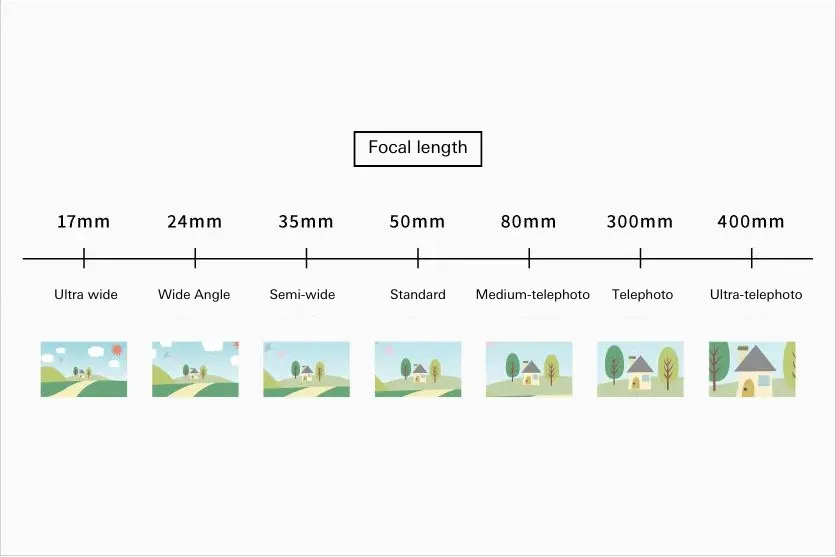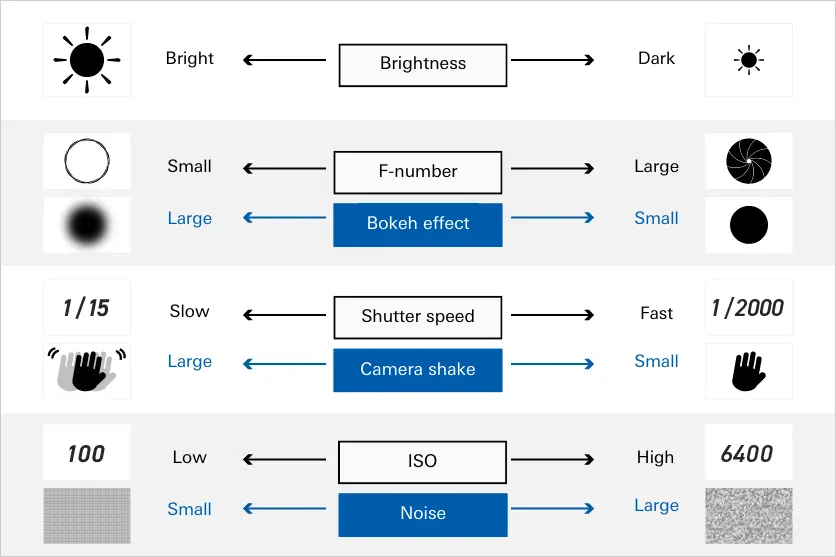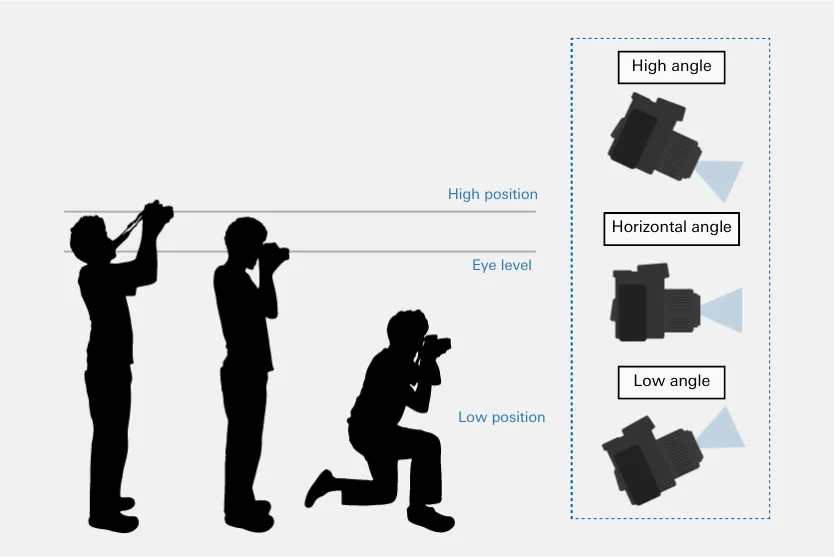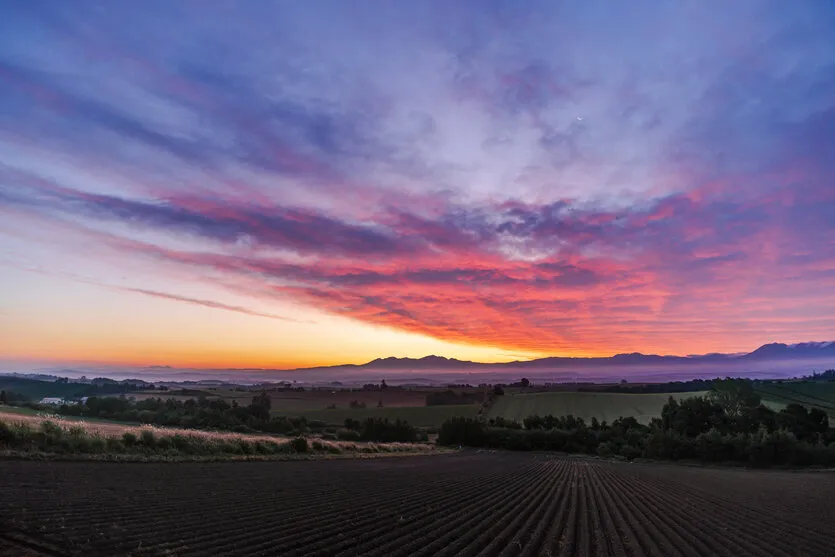September 30, 2024
What is a prime lens? Introducing the characteristics of prime lenses and key tips on choosing the right lens
What is a prime lens? Introducing the characteristics of prime lenses and key tips on choosing the right lens
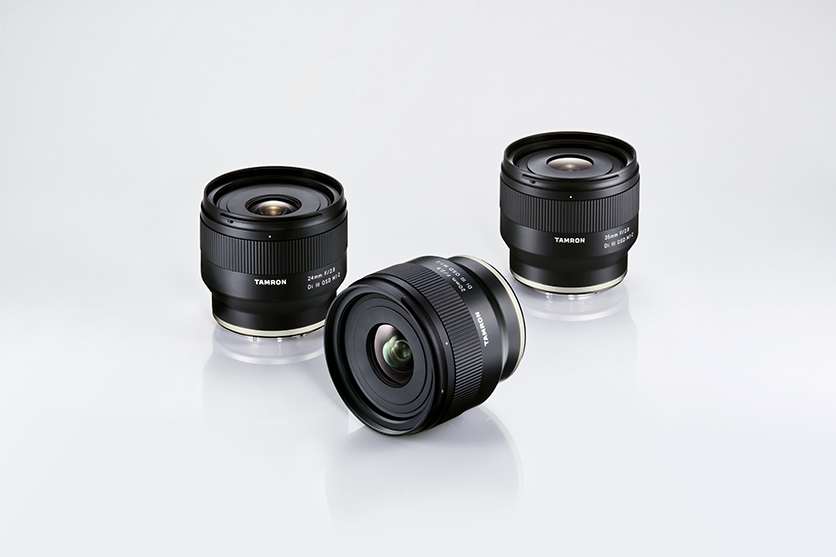

In this article, we will go over everything from the basic characteristics of prime lenses to key points on how to choose an appropriate lens to suit your purpose. Prime lenses have unique charms that set them apart from zoom lenses. Let’s understand the advantages and disadvantages of prime lenses and use them to take photos that match our vision.
A prime lens is a lens with a fixed focal length. Focal length is the distance from the center of the lens to the image sensor, and is displayed in millimeter “mm” units. There are various focal lengths for prime lenses, such as “20mm,” “35mm,” “50mm” and “180mm.”
As prime lenses are not equipped with zoom functions to change focal lengths, the construction inside these lenses are simple by comparison. That’s why prime lenses tend to have lightweight and compact frames. Additionally, since many prime lens models have large apertures (low f-stop values), it is easier to take bright photos in dark conditions with minimal light or at higher shutter speeds.
However, since the focal length is fixed, when the photographer wishes to change the angle of view, they instead need to adjust the distance from the subject by moving themselves.
Interchangeable lens cameras are broadly classified into two types, prime lenses and zoom lenses. A major difference between the two is whether or not the focal length can be adjusted.
As mentioned earlier, since a prime lens has a single fixed focal length, the focal length cannot be changed on the lens side. When a photographer wishes to change the focal length, they instead need to move themselves, by getting closer to or farther away from the subject.
On the other hand with a zoom lens, the focal length can be changed at will on the lens side. The angle of view can be flexibly adjusted on the spot without the photographer having to move on their own. One of the benefits of a zoom lens, therefore, is that it is easier to flexibly adapt to the shooting situation.
The angle of view of a lens changes depending on its focal length. Angle of view is the breadth of a scene that can be captured in a photo taken with a camera, expressed as an angle. With a wide angle of view, the range that can be captured is greater, and this narrows as the angle of view decreases.
That’s why it is important to choose a lens with a focal length that matches the image of what you want to photograph. Let’s look at how the angle of view changes depending on the focal length. Additionally, since the focal length cannot be changed with a prime lens, it may be necessary to have multiple lenses depending on the required angles of view.
Lenses with a focal length of around 35mm and less are referred to as wide-angle lenses. Using a wide-angle lens allows you to capture a wide scene. Additionally, as wide-angle lenses present an enhanced sense of perspective, they excel at expressive the vast depth of a space dynamically. These lenses are used a lot for landscape photography in particular.
Lenses with a focal length of around 50mm are referred to as standard lenses. Standard lenses are known for allowing you to shoot with a natural angle of view that approximates human vision. These lenses can be used in a wide range of shooting situations such as table-top photos and still photography in addition to snapshots and portraits.
Lenses with a focal length of around 80mm and greater are referred to as telephoto lenses. You can use a telephoto lens to capture an enlarged view of distant subjects. Telephoto lenses are good for shooting distant objects when photographing sporting events, school sports days or wild birds. Telephoto lenses are also used for portrait photography, utilizing compression effects that make distant objects appear closer together.
Let’s digress for a moment to explore macro lenses. A macro lens is a lens specifically designed to render subjects in large detail, and are usually prime lenses. As macro lenses have a higher maximum magnification ratio than regular lenses, that allow you to render small subjects in large detail.
Additionally, macro lenses have short minimum object distances, and are designed to have high rendering performance when viewing a subject close up. For this reason, macro lenses also come in handy when utilizing their high resolving power to photograph things. For example, a macro lens comes into its own when you want to capture the fine details of a subject by getting as close as possible to it, such as when shooting flowers or insects. And since these lenses tend to have large apertures (low f-stop values), they also produce beautiful bokeh and can be used to shoot portraits as well.
There are various types of macro lenses. Among them, TAMRON’s 90mm macro lens has a long history, and is affectionately known as the “TamQ” among photography enthusiasts and professional photographers, with the “Q” representing the Japanese pronunciation for the number 9. The TamQ is renowned for its ability to render tack-sharp images and produce beautiful bokeh.
Many prime lenses feature large wide-open apertures (small f-stop values). F-stop is an indicator of the aperture of a lens, in other words how large the opening of the lens is, and the maximum or “wide-open” aperture of a lens is the f-stop value at which the aperture of a lens is at its largest. These values are displayed in a format with the aperture value coming after the letter “F,” such as “F2,” “F2.8” or “F4.” The greater the wide-open aperture (the smaller its f-stop value), the greater the amount of light lens can capture, making it a “bright” or “fast” lens.
As zoom lenses have complex constructions, even those with a relatively large wide-open aperture top out at around F2. On the other hand, prime lenses tend to have larger wide-open apertures (smaller f-stop values), such as F1.4 or F1.8. A feature of bright prime lenses with small f-stop values is their ability to take photos with high image quality even in dark conditions or at high shutter speeds. This comes in handy when shooting indoors or at night.
Another feature of prime lenses is their shallow depth of field. Depth of field is the range over which a subject is in focus. When the depth of field is large, it is easier to keep objects in focus from the foreground to the background. As prime lenses tend to have a shallower depth of field than zoom lenses, they are able to produce beautiful and dynamic bokeh effects.
Prime lenses make it easier to produce beautiful bokeh effects. By shooting as close to the wide-open aperture (small f-stop values) as possible, you can obtain bold and beautiful bokeh that will give your photos the look that is distinctive of interchangeable lens cameras. However, caution is required, as your image may lack a sharp focus or be soft overall if you shoot too close to its wide-open aperture. When you want to bring out the details in an image, try stopping down the aperture a little.
Prime lenses make it easier to control exposure Even when you lower ISO sensitivity and increase the shutter speed, you can take bright photos. For example, when there is minimal light such as at night, in the shade or indoors, even in conditions where you set a fast shutter speed, with a prime lens it is easier to take bright photos with a high resolving detail.
Additionally, to control the amount of bokeh, the use of exposure modes is another key point. When you want to prioritize the subject by blurring the background, use “aperture priority mode.” When you want to freeze motion, use “shutter priority mode.” In these ways, you should make changes to the exposure mode to suit the shooting conditions.
Since you cannot alter the angle of view with a prime lens, how the photographer moves around is important. By changing the height at which you hold the camera (position) and the angle at which it is pointed, you can control your distance from the subject as if zooming in or out and find the framing that matches your vision. Experiment with a variety of shooting positions and angles to find the best composition.
Prime lenses, which can produce soft bokeh effects, are ideal for shooting portraits. If you set an f-stop value close to the wide-open aperture and blur the scenes or nature or city streets in the background, you can produce a photo in which a person stands out as the main subject.
(2) Shooting natural landscapes
When you want to capture natural landscape with a prime lens, we recommend a wide-angle lens. Using the unique ability of a wide-angle lens to emphasize perspective, you can capture oceans, mountains and other grand landscapes in a vast and dynamic way. Leverage the typical quality of prime lenses in rendering high resolution across the entire frame to capture beautiful images.
(3) Table-top photography
Prime lenses are a great option for table-top photography to capture images of cuisine, sweets, miscellaneous items, flowers and so on. By utilizing background bokeh at a close distance to the subject, you can create a sense of depth and develop expressions that recreate the feeling of being there.
(4) Evening and nighttime photography
Even in conditions where there is minimal light such as the evening and late at night, you can use a wide-angle prime lens to select a lower ISO sensitivity and slower shutter speed. Additionally, when you want to capture light sources such as street lights in dramatic fashion, using a wide-angle lens and stopping down the aperture can produce interesting starburst effects. You can also capture beautiful scenes such as city lights reflecting off the surface of the water.
(5) Shooting plants and flowers
Prime lenses are also ideal for shooting plants and flowers. As these lenses have strong resolving power, they can depict the delicate details of plants. If you get in close to a subject to photograph it, you can also create beautiful expressions that utilize background bokeh. When you want to photograph plants and flowers at scale, you should also consider a macro lens as an option.
Key points to consider when choosing a prime lens
As there is a wide variety of prime lenses available, you may be unsure of which to choose. In this section, we will share six key points to consider when choosing a prime lens.
(1) Wide-open aperture
When you want to take bright pictures or produce a lot of bokeh in your photos, it is important to check the maximum “wide-open” aperture of the lens. The greater the wide-open aperture (the smaller the f-stop value), the brighter the lens will be, and the stronger the bokeh effects your photos will have.
(2) Weight and size of the lens
Weights and sizes vary depending on the prime lens. As it is common for photographers to carry multiple prime lenses or zoom lenses, it’s best for the lenses to be as compact as possible.
A small and light lens means you can carry it around easily. Do research using product catalogues or actually visit electronics stores to hold prime lenses in your hand to make sure the size and weight is right for you.
(3) Focal length
Prime lenses come in a wide variety of focal lengths. For landscape photography, wide-angle lenses with focal lengths of such as 20mm or 24mm are well suited to capturing a wide area of a scene. When you want to fit in an even wider area, choose an ultra-wide-angle lens with a focal length of 17mm or wider.
If you want to use a prime lens in a wide range of shooting situations such as portraits and snapshots, we recommend lenses with a focal length of 35mm or 50mm. Choose a prime lens with the ideal focal length to match the vision of what you want to shoot.
(4) Minimum Object Distance
Minimum object distance (MOD) is another factor to consider when choosing a prime lens. When you want to experiment with various expressions, a prime lens with a short MOD is recommended. Lenses with a short MOD allow you to photograph a subject at close range. For example, in portrait photography getting in closer to the subject can express intimacy with the subject or create a sense of presence. Additionally, when photographing plants and flowers, you can utilize foreground and background bokeh to create effects that resemble a telephoto lens.
(5) Resolving performance
If image quality is important to you, you will want to choose a prime lenses whose resolving performance is as strong as possible. Lenses that exhibit excellent resolving performance use special lens element and coatings. As they suppress aberrations, flaring and other artifacts, they allow you to take clear and tack-sharp images.
(6) Autofocus (AF) performance
Check that the AF feature built in to the lens allows you to quickly bring subjects into focus. An AF mechanism that lets you bring subjects into focus without stress will make it easier to consistently capture images with high image quality without missing shooting opportunities. If a lens also offers strong AF tracking performance, you will be able to reliably track moving subjects, making it easier to deal with subjects that move in unpredictable ways such as children and animals. When shooting in quiet environments such as recitals, or photographing skittish animals, an AF mechanism with excellent quietness is another thing to look out for.
Leverage the unique charms of prime lenses to take photos that realize your vision!
A prime lens is a lens with a fixed focal length. While a prime lens doesn’t allow you to change the focal length like you can with a zoom lens, its appeal lies in how easier it is to take bright photos, and in the beautiful bokeh it produces. As many prime lenses are compact and lightweight, they can be easily carried around. Prime lenses come in various focal lengths. Thoroughly check specifications such as f-stop, size, weight, resolving performance to find the best lens for you.

Lens Featured in this Impression
-
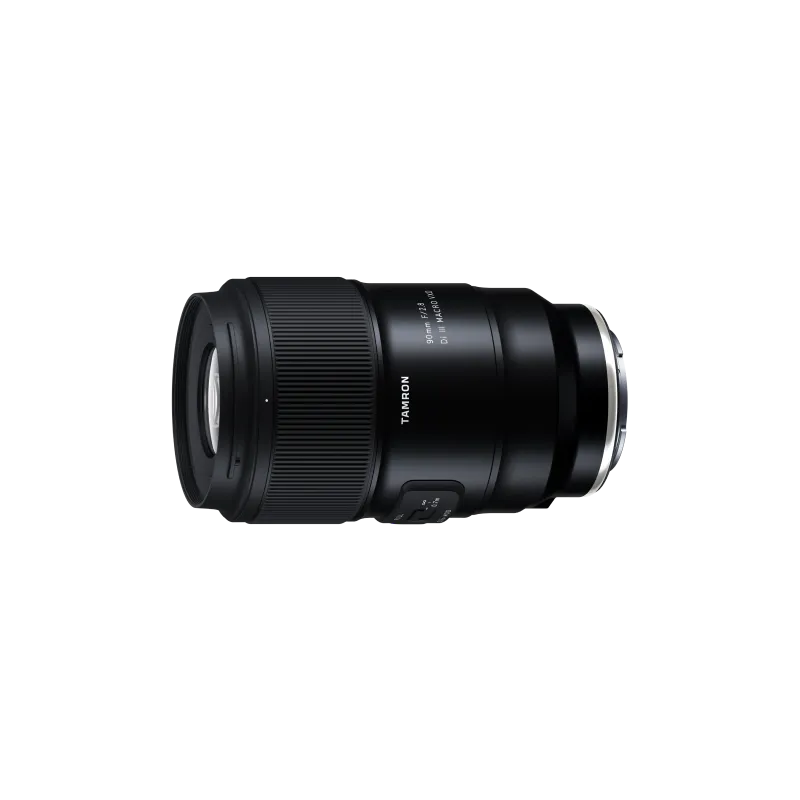
-
90mm F/2.8 Di III MACRO VXD f072(Model )
The 90mm F/2.8 Di III MACRO VXD (Model F072) is the mirrorless version of the TAMRON 90mm macro lens, beloved for many years. It offers outstanding resolution and optical performance, featuring TAMRON’s first 12-blade circular aperture for stunning bokeh and starburst effects. Its lightweight, compact design ensures easy portability, and the new hood with sliding window simplifies filter use. The lens is also compatible with TAMRON Lens Utility™ and has high-speed, high-precision AF, expanding possibilities for photography and videography. This lens blends TAMRON's legacy of brilliance with advanced technology, marking a new chapter in the 90mm macro lens history.
-

-
20mm F/2.8 Di III OSD M1:2 f050(Model )
The 20mm F/2.8 Di III OSD M1:2 (Model F050) is a 20mm fixed focal lens featuring F/2.8 and high close-up shooting, allowing you to enjoy ultra wide-angle photography in earnest. With a MOD (Minimum Object Distance) of 0.11m, you can enjoy the world of ultra wide-angle photography that you have never experienced before.
-
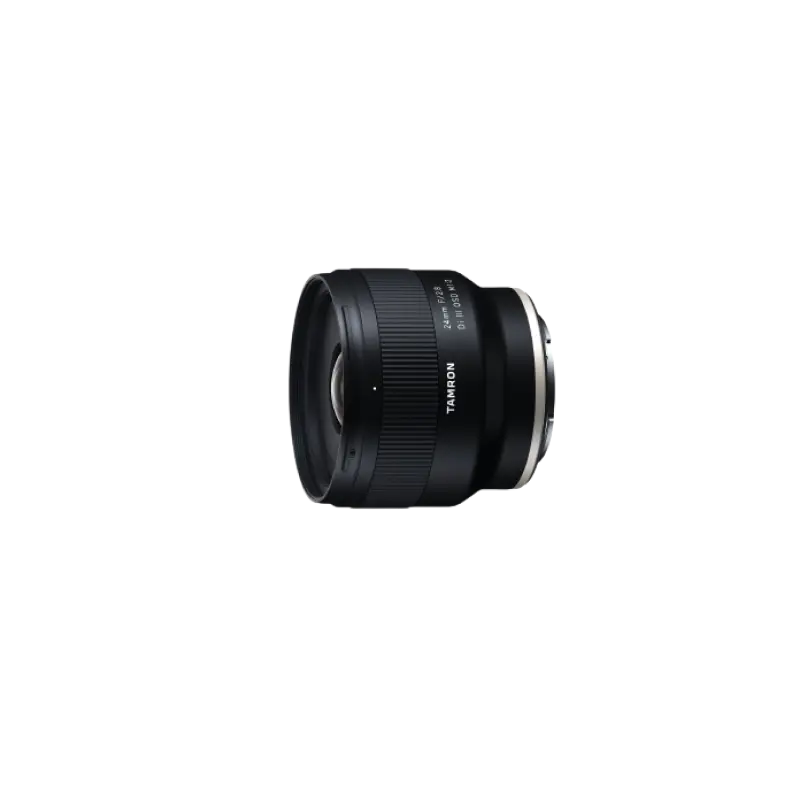
-
24mm F/2.8 Di III OSD M1:2 f051(Model )
The 24mm F/2.8 Di III OSD M1:2 is a wide-angle fixed focal lens that allows you to get incredibly close-up. Its focal length is 24mm and the MOD (Minimum Object Distance) is 0.12m. The compact and lightweight design that allows you can shoot light, making it ideal for snapshots.
-

-
35mm F/2.8 Di III OSD M1:2 f053(Model )
The 35mm F/2.8 Di III OSD M1:2 is an F/2.8 large aperture fixed focal lens. The MOD (Minimum Object Distance) is 0.15m. You can enjoy the beautiful bokeh that brings out the subject.
-
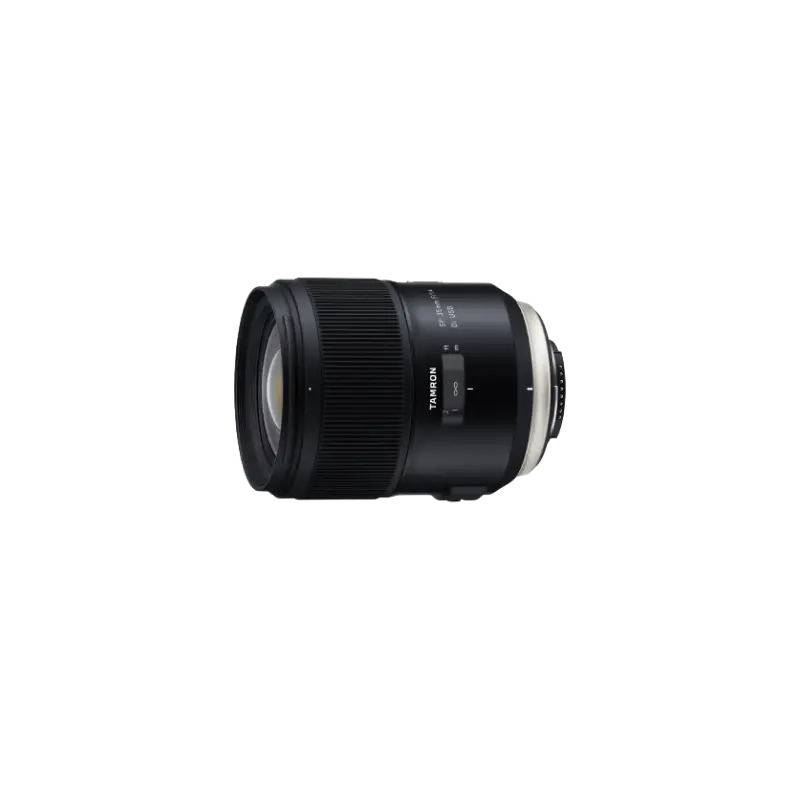
-
SP 35mm F/1.4 Di USD f045(Model )
"We want to deliver a perfect image to people who love photography." That’s our obsessive goal for all Tamron lenses. This goal forms the basis of our concept for the SP 35mm F/1.4 Di USD (Model F045). The exceptional image quality of this fast fixed focal lens makes it worthy of being the lens that marks the milestone 40th anniversary of the SP (Superior Performance) Series. Uncompromising resolution at wide-open aperture combines with a velvety bokeh defocus blur that gently blends away from the ultra-sharp focus area. Truly, the Model F045 is the distillation of all of the optical technologies and manufacturing knowhow that Tamron has developed.

